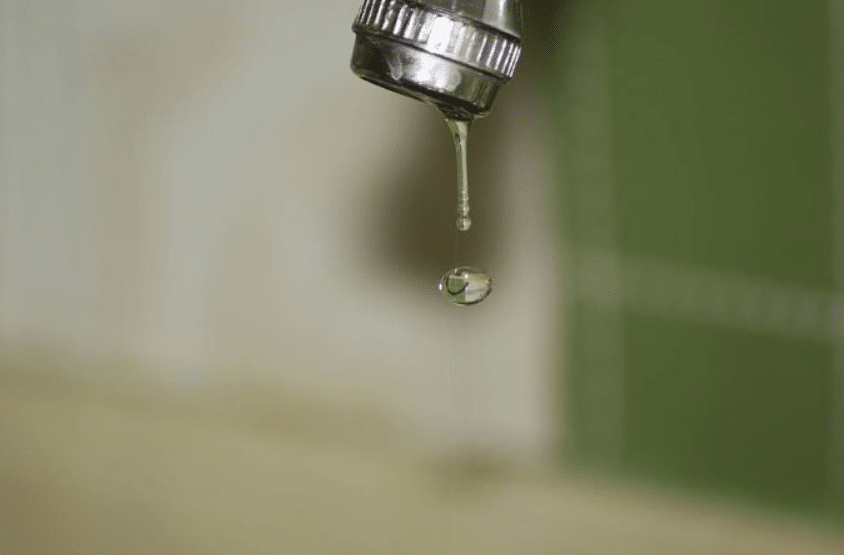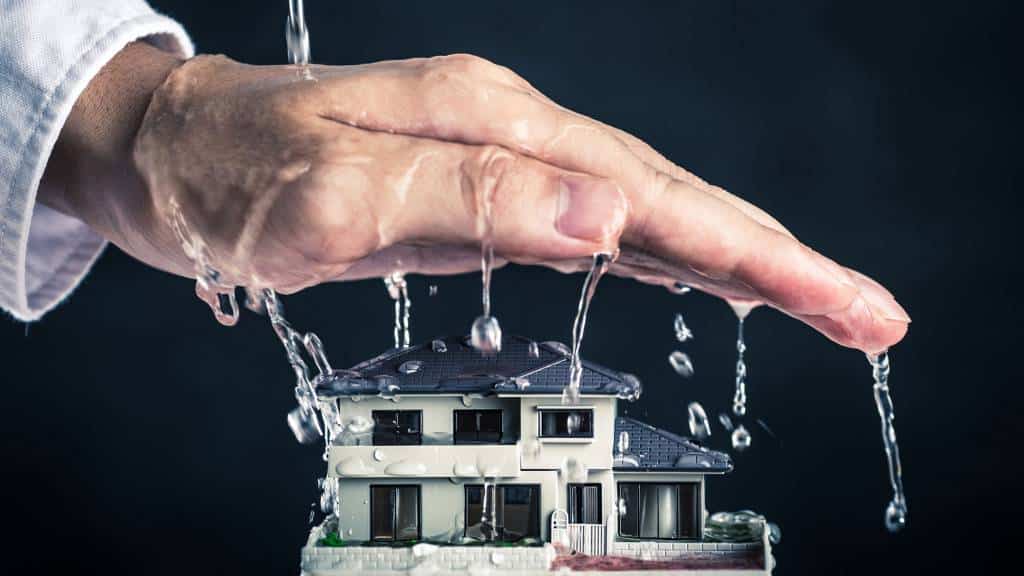Exposing the Key Triggers Behind Residential Water Leak Issues
Exposing the Key Triggers Behind Residential Water Leak Issues
Blog Article
We have discovered the article involving Most Common Causes of Leaky Pipes directly below on the net and think it made sense to relate it with you in this article.

Leakages not only cause waste of water however can also trigger unneeded damage to your residence and also promote undesirable organic growth. Water leakages may go undetected given that many of the pipework in our house is concealed. By understanding and also looking for day-to-day scenarios that trigger leakages, you can safeguard your house from future leaks and unneeded damages. Today, we will consider 6 leak creates that may be triggering your pipelines to trickle.
Elbowing in origins
Many water leaks begin outside your house rather than inside it. If you notice an unexpected decline in water stress, claim in your faucet, require time to go out and also examine your yard. You may discover wet patches or sinkholes in your backyard, which may mean that tree origins are attacking water lines creating water to seep out. You can have your plumber check for intrusion, specifically if you have trees or hedges near your building.
Corroded water supply
As time goes by, your plumbing system ages and rust such as corrosion may begin eating away the pipelines. This may be the reason for staining or warping on your water pipes. This asks for an inspection with your plumber right away. If our plumbing system is old, take into consideration changing the pipes given that they are at a higher risk of rust than the newer designs.
Faulty Pipeline Joints
The point at which your pipelines connect is frequently the weakest link in the waterline. Pipe joints can weaken with time, causing water leakages. The majority of pipeline joints are not easily noticeable. If you have noisy pipelines that make ticking or banging noises, especially when the hot water is activated, your pipeline joints are possibly under a great deal of pressure. It is advisable to have your plumber evaluate your system once a year.
Instantaneous temperature modifications.
Extreme temperature level changes in our pipes can trigger them to increase and also get unexpectedly. This development as well as tightening might trigger fractures in the pipes, specifically if the temperature are listed below freezing.
Poor Water Connectors
At times, a leakage can be brought on by loosened tubes and pipes that supply your appliances. More often than not, changing is what causes the loose water Links. You could locate when it comes to a washing device, a hose pipe might spring a leak as a result of drinking throughout the spin cycle. In case of a water links leak, you might notice water running straight from the supply line or pools around your home appliances.
Obstructed Drains
Obstructed drains could be bothersome and inconveniencing, yet they can sometimes wind up triggering an overflow resulting in break pipelines. Maintain removing any type of products that might drop your drains pipes that can block them to stay clear of such troubles.
All the above are sources of leaks but not all water leakages arise from plumbing leaks; some leakages could come from roof covering leakages. All leakages ought to be repaired right away to avoid water damages.
Leakages not only create waste of water but can also trigger unneeded damage to your house and also advertise unwanted organic growth. By looking and understanding for daily scenarios that trigger leakages, you can secure your house from future leakages as well as unnecessary damages. Today, we will look at six leak creates that may be triggering your pipelines to leak.
At times, a leakage can be caused by loosened hose pipes and pipes that provide your devices. In instance of a water connections leakage, you may observe water running straight from the supply line or pools around your appliances.
How To Check For Water Leak In Your Home
How To Check for Leaks
The average household's leaks can account for nearly 10,000 gallons of water wasted every year and ten percent of homes have leaks that waste 90 gallons or more per day. Common types of leaks found in the home are worn toilet flappers, dripping faucets, and other leaking valves. These types of leaks are often easy to fix, requiring only a few tools and hardware that can pay for themselves in water savings. Fixing easily corrected household water leaks can save homeowners about 10 percent on their water bills.
To check for leaks in your home, you first need to determine whether you're wasting water and then identify the source of the leak. Here are some tips for finding leaks:
Take a look at your water usage during a colder month, such as January or February. If a family of four exceeds 12,000 gallons per month, there are serious leaks.
Check your water meter before and after a two-hour period when no water is being used. If the meter changes at all, you probably have a leak.
Identify toilet leaks by placing a drop of food coloring in the toilet tank. If any color shows up in the bowl after 10 minutes, you have a leak. (Be sure to flush immediately after the experiment to avoid staining the tank.)
Examine faucet gaskets and pipe fittings for any water on the outside of the pipe to check for surface leaks.
Undetected water leaks can happen without the home or business owner even realizing. If you suspect a water leak, but not able to find the source. It is time to contact a professional water leak detection service, The Leak Doctor.
How To Find a Water Leak In Your Home
https://www.leakdoctor.com/blog/How-To-Check-For-Water-Leak-In-Your-Home_AE197.html

I recently found that blog post on Most Common Causes of Leaky Pipes when surfing around the web. Sharing is caring. Who knows, you will be doing someone a favor. Thank-you for your time spent reading it.
Set Up An Appointment Report this page